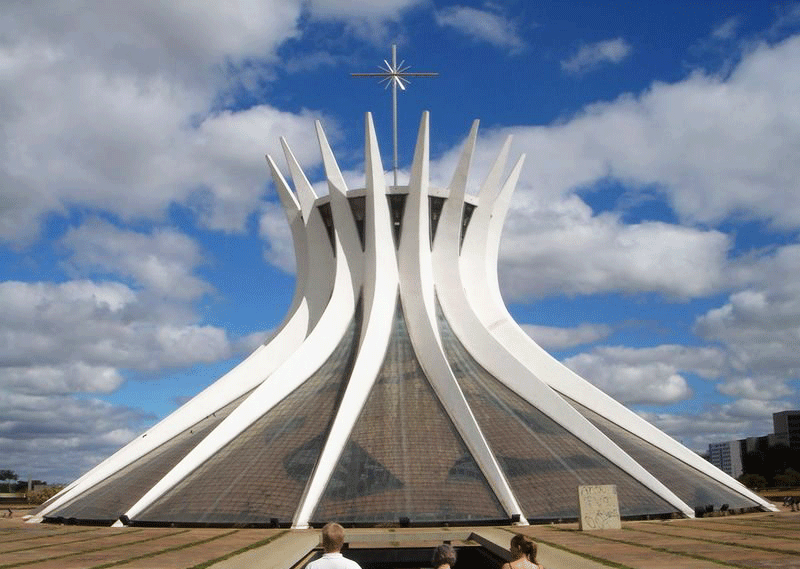
Town planning is the way toward overseeing land assets. It includes the control of existing and new turns of events, as well as making strategies to guarantee to oversee future prerequisites. It is a unique cycle that adjustments considering strategy or policy, advancement proposals, and local or residents’ necessities. Planning a city is not so easy still planners must attempt to adjust the demands of landowners and engineers, with the necessities and worries of the network and the approach system. In the case of planning is fruitful, it can give insurance to the climate, can advance, and encourage recovery, can help make and continue networks, and can make new points of interest. Town planning keeps up the best of the past while empowering imagination and advancement in the improvement of a manageable future. Starting from the third millennium BC to 1960-70 so many theories, ideas had developed to plan better cities to live in those are sustainable, less urban problems and more secure with not harming nature and natural resources and there will be a sense of aesthetic.
Coming to the 20th century there are so many advancements in technologies, developed theories, design ideas, using of drone help planners to form better cities and there are so many famous cities that are well planned to include –
- Brasilia, Brazil.
- Singapore City, Singapore.
- Chandigarh, India.
- Seoul, South Korea.
- Copenhagen, Denmark.
These plans have a well-defined layout but among all, Brasilia is the best-planned city judged by jury members and the world town planner associations.
Brasilia has an airplane-formed plan or arrangement in which city work (residential, commercial, administrative, recreational) sits on a different axis and that’s why it is called a pilot plan. The plan was given by Lucio Costa in the vision of the Brazilian president Juscelino Kubitschek to make Brasilia the new capital of Brazil in 1956 to spread the population of Brazil to its hinterlands. To assemble a city without any preparation is in reality a Planner’s fantasy and few do equity to it how Costa has done. Recorded among UNESCO’s World Heritage Sites, the city is molded like a plane, giving recognition to the jet age. Because of the standards of the “Functional city” by Le Corbusier, the “Plano de metas” for Brasilia obliges the four elements of city-dwelling, recreation, occupation, and transportation in a reasonable climate. Costa was the master planner to give the plan for the city while Oscar Niemeyer filled in as the Chief Architect for all the significant structures and buildings. The critical and most particular component of the plan was the isolating character of the regulatory civitas and the urbs. It was a profoundly effective undertaking as it guaranteed quick fulfillment of the unmistakable metro structures permitting the world to get a brief look at the city yet to come. This separation in the metropolitan texture additionally made it simpler to find the various structures and zones. The entire city has been formed into explicit zones assigning each capacity of a ‘practical city’ its necessary space. The focal area of Brasilia is an additional advantage and another explanation behind picking the zone for the Capital of Brazil.
Brasilia, the fourth largest city of Brazil, is in Goias, the federal capital of Brazil having the Preto river at east and the Descoberto river at the west and the city had no existence at the starting of the 20th century.
Brasilia has two axes crossing each other at the middle, the marginally bent even one that is through the wings of the plane includes the private zone. It changes as per the normal geology of the territory and its seepage framework. The city has been planned by the most ideal direction and the most un-number of crossing points. The different pivot, known as the great hub, comprises of the city, authoritative, and recreational zones. The banking and business areas lie at the convergence, denoting the plan also considered and possible. All around associated by all methods of transport, with even the more modest subtleties of the city ordered into zones, every last bit of it makes for a basic yet exceptional arrangement.
The plan focused on new development to managing the growing population in Rio de Janeiro. And by the plan planners had to manage the diverse community of the Portuguese, Italian, African, European, and others with different architectural forms including cubist ideas, colonial forms, etc.
Our world’s reality is loaded with enormity at each corner, some common and some man-made. The virtuoso of man when joined with the ideal normal setting, the outcome is an all-around arranged ‘City’, in the genuine feeling of the word. There are significantly more incredible models like London, Paris, Washington D.C., Navi Mumbai, and others to view for motivation. To fabricate an ideal idealistic culture is maybe unrealistic, yet in pursuing that fantasy we may discover something much the same as it.
By MAYUKH BISWAS, Naihati, West Bengal


